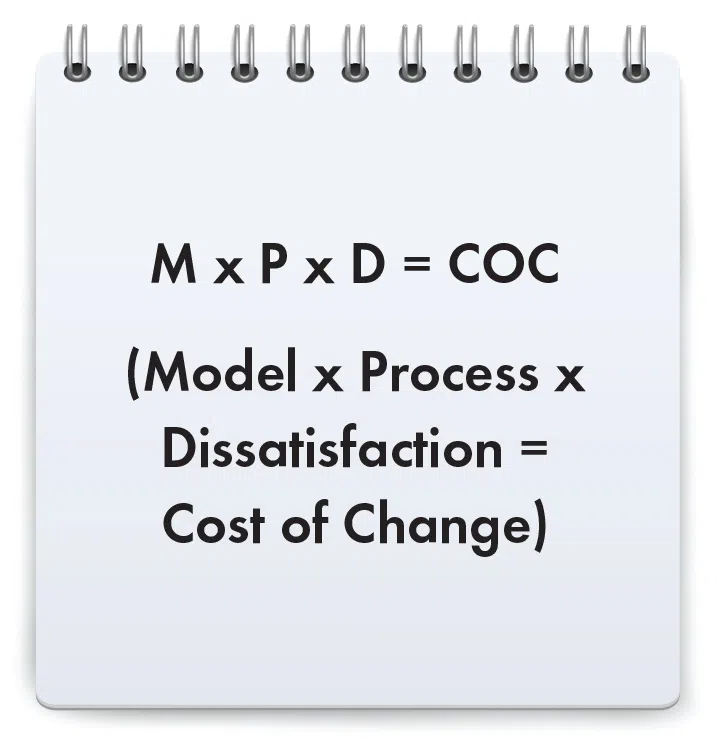Productive management meetings are a basic fundamental step toward the development of a management team that works together and produces results. Personally, I would not manage a company without these important sessions.
Management meetings are crucial, regardless of the size of the company. You’d be shocked, though, at the number of companies that do not conduct these very meaningful sessions. These same companies, however:
• Waste precious time and energy with daily “hallway meetings”
• Struggle with misinformed and/or uninformed co-workers
• Can’t seem to implement and maintain a positive, company-wide culture.
Next, you have the companies that do hold management meetings, but due to their lack of understanding on how to properly conduct them, give up due to frustration and a lack of results.
How can you facilitate more meaningful meetings in your company? Here are some techniques I’ve found useful over the years:
• Have a specific day with firm starting and ending times. For example, meet every Wednesday, from 8:30 a.m. to 10:00 a.m. This means you begin the meeting on time, without exception, regardless of whether someone is late or absent, and that you conclude the meeting, for certain, on time. Some companies meet each week; others find that bi-weekly (every other week) works well.
• Do not allow interruptions, unless there is an emergency. Nobody just walks in or knocks on the door.
• Have each attendee bring a short list of what they wish to present and hand it to the facilitator prior to the onset of the meeting. This will allow the facilitator to quickly consolidate an agenda and establish it on a flip chart or white board. To ensure the meeting starts on time, don’t discuss other items before you sit down that would cause an attendee to rethink his or her list before submitting it.
• Seat all attendees so they can see one another. Everyone should be prepared to discuss the items they submitted for the agenda.
• The facilitator, typically the owner or general manager, must be firm in handling the meeting. He or she should set the tone by keeping initial comments positive and should not allow any rambling or redundancy. These sessions are very important and should not be taken lightly.
• To set a positive tone, have attendees share brief company success stories early on in the meeting.
• In a meeting, everyone should be heard. If the leader or facilitator does all the talking, which often happens, it’s not a meeting – it’s a lecture.
• Debates, not out-of-control arguments, are OK and can be healthy for the organization. It is important for all attendees representing your management team to realize that “you do not have to be in agreement, but you must be in alignment.”
• Before ending the meeting, the facilitator should summarize the session, delegate assignments, and confirm the date and time of the next meeting.
• Occasionally, for example after every third session, the facilitator should ask the attendees, one by one, to critique the meeting by candidly asking, “Was this meeting meaningful, and if so, how could it have been even more meaningful?”
Limit the Attendees
Limit the attendees to only those who should really be there. Each person you add to a meeting or discussion significantly increases the amount of time you’ll need. This is clearly demonstrated by the formula (n) x (n minus 1) = potential conversation interchanges.
For example, say you have three attendees: A, B, and C. Using the formula, this calculates to 3 x 2 = 6. Person A can initiate an exchange with B; B with A; A with C; C with A; B with C; and C with B.
If you add a fourth attendee, the formula changes to 4 x 3 = 12. By adding just one more person, you might double the required time for the meeting! Add a fifth, and you’re looking at 20 potential conversation interchanges – add a sixth, and it goes up to 30. We can easily see why meetings can last so long.
The Keys to Success
Remember that while your management team is in a meeting, employees are wondering what is going on behind closed doors. Don’t allow these sessions to become a big mystery. Promptly communicate any changes and/or decisions made during a meeting to the rest of the organization.
By using these tested and proven techniques, you’ll begin having meaningful management meetings that will advance your company’s success. The meetings will become even more productive as you continue having them. Stay the course, and the results will pay off!



.webp)
